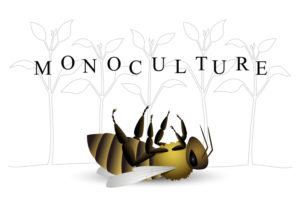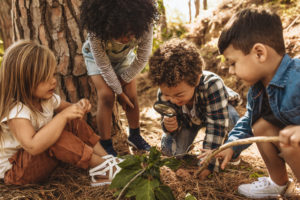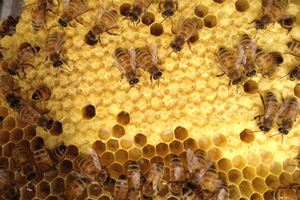- All-In-One Beekeeping for the Bees
- +1-608-728-8233
- info@beepods.com
Celebrate Endangered Species Day For The Bees
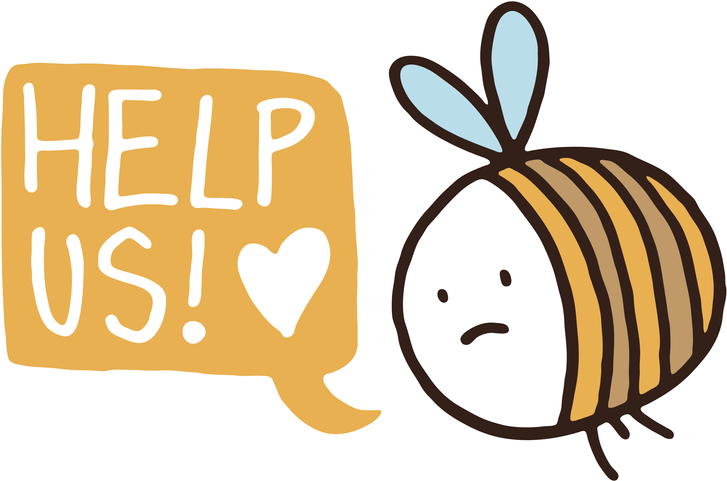
May 21, 2021, is an important day in the bee world. Why? Because it’s Endangered Species Day. According to The Center for Biological Diversity, there are over 2,000 endangered species listed under the Endangered Species Act across the world, about 1,600 of them in the United States alone. Can you guess which one we are going to be focusing on today? While not every species of bee has been added to the endangered species list, including the honey bee, there are nine species of feral bees that have officially been added.
While there are a variety of reasons these species are on the endangered list, it is vital now, more than ever to prevent other bees from ending up on it. Albert Einstein once said, “If the bee disappeared off the surface of the globe then man would only have four years of life left. No more bees, no more pollination, no more plants, no more animals, no more man.” Now is the time to take action before it’s too late. Bees need our help to prevent habitat loss, the spread of disease, and food shortages.
What’s the Cause
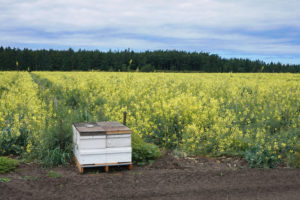 In 2006, scientists began to notice a larger than normal decrease in the population of bees. Not just honey bees, all species of bees. And they found that one of the causes was Colony Collapse Disorder, or CCD. What causes CCD? I found that out after an interview with Thor Hanson, conservation biologist and author of the book Buzz: The Nature and Necessity of Bees.
In 2006, scientists began to notice a larger than normal decrease in the population of bees. Not just honey bees, all species of bees. And they found that one of the causes was Colony Collapse Disorder, or CCD. What causes CCD? I found that out after an interview with Thor Hanson, conservation biologist and author of the book Buzz: The Nature and Necessity of Bees.
According to Hanson, the main cause of CCD are the 4 P’s: parasites, poor nutrition, pesticides, and pathogens. These issues, along with habitat destruction due to housing and farm development weakened the bee population to the point of near endangerment. Each of the issues plays into the other.
Housing developments and farm land take away not only habitat, but a variety of food options for bees. This creates a monoculture, or lack of food diversity. Imagine living off one type of food for the rest of your life? You wouldn’t be healthy either. Since the bees aren’t getting proper nutrition, they aren’t as strong when it comes to fighting off parasites like the Varroa mites and the pathogens they spread that can cause things like Deformed Wing Virus. On top of that, the food source that they are using has been contaminated by pesticides, so when they bring that pollen and nectar back to the hive and feed it to the brood, the brood tends to have shorter lifespans.
Preventive Measures
After the classification of CCD, and the realization as to how important bees were, not only to the world as we know it but also the global economy, action was taken to preserve the lives of bees. People worked together to preserve the lives of bees. And, all that effort paid off. A little less than 10 years later, CCD isn’t as big of a threat as it once was.
Just because the threat is less does not mean that the threat isn’t there. There is still a limit on habitat and food sources for bees, and if we aren’t careful, they could easily fall back into the endangered zone. Life on this planet is fragile and we don’t want to upset the balance any more than it already has been.
Endangered Species Day and Why It’s Important
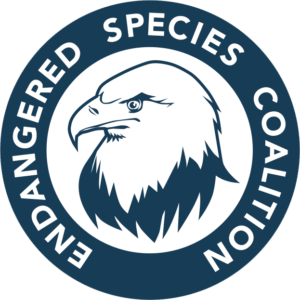
Endangered Species Day began 16 years ago in 2005 by the Endangered Species Coalition. The organization strives to keep the world a thriving and livable place for all living things, including people impacted the most by climate change. They do this by educating both young and old about the importance of plants and animals to our world. At Beepods, we believe that education is one of the keys to saving the bees and the planet. You can get access to so much important bee knowledge by becoming a Beepods Lab member. You can use this knowledge to educate your family and friends about the importance of pollinators and other endangered species.
On May 21st you can take part in Endangered Species Day virtually. Participate in their art contest, chalk art event, and even their pollinator party! The best thing you can do for Endangered Species Day, and the pollinators in general is:
- Stop using harmful chemicals on lawns, crops, and gardens.
- Use natural treatments for pests and disease.
- Plant a pollinator garden.
- Educate yourself on the impacts humans have on the Earth.
- Go Green.
Final Thoughts
Fifteen years ago, we learned that bee populations were on the brink of collapse, and on their way to the endangered species list. We worked together to create a healthier and more livable environment for them, and while it isn’t perfect, the population of bees increased and are at sustainable levels. Think of what we could do for the other plants and animals on that list if we just put in a little effort. Those other species are just as important to the planet as bees are. They live here too, just like you and me, and have the same right to live here, just like we do. If we work together to make our planet a better place, then perhaps we won’t have to celebrate Endangered Species Day anymore.
Want to learn more about bees and the importance of pollinators? Check out our wide selection of Beepods blogs or contact us at info@beepods.com to find out more ways you can help.
Sources:
World WildLife Organization: Endangered Species Directory
https://www.worldwildlife.org/species/directory?direction=desc&sort=extinction_status
Center for Biological Diversity: How A Species Is Added https://www.biologicaldiversity.org/programs/biodiversity/endangered_species_act/listing_species_under_the_endangered_species_act/index.html
Resilence.org: Albert Einstein quote
Scientific American: US Lists a Bumble Bee Species As Endangered For The First Time 2017 https://www.scientificamerican.com/article/u-s-lists-a-bumble-bee-species-as-endangered-for-first-time/
Sub Lethal Effects Of Pesticides https://journals.plos.org/plosone/article?id=10.1371/journal.pone.0014720#:~:text=Combined%20effects%20from%20honey%20bee,reduced%20honey%20bee%20colony%20health%2C
Dangers of Monoculture Farming
https://www.challenge.org/knowledgeitems/the-dangers-of-monoculture-farming/
Bayer Contributor, October 2019: The Value Of Pollinators To The Ecosystem And Our Economy
Monica Cull
Latest posts by Monica Cull (see all)
- What Plants To Avoid In Your Pollinator Garden - May 28, 2021
- Bee Adventurous: On Mental Health And What Bees Have Done For Me - May 24, 2021
- Celebrate Endangered Species Day For The Bees - May 21, 2021

